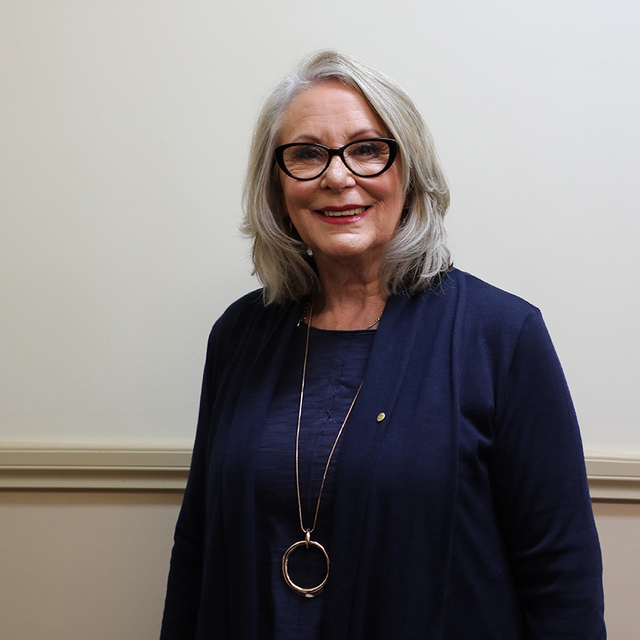One of Moreland’s truly wonderful assets is its alternative energy park, CERES (the Centre for Education and Research in Environmental Strategies). The Centre, also named after the ancient goddess of the harvest, was originally set up to provide examples of a variety of alternative energy sources and energy conservation practices.
It also has a range of community gardens. Built on Council land, it has operated with considerable Council and community support.
Over 15 years, it has grown into a rich complex of environmental and cultural displays including examples of farm, village and future lifestyles. Ceres has also led to the creation of a number of new local job opportunities.
Features of the Park are a display house incorporating a variety of energy saving initiatives, a wind driven power generator, solar hot water systems, composting toilets, worm farms and much more.
Model African and Indonesian villages provide living examples of how low tech societies cater for their needs and the Wurundjeri Wander art trail educates visitors about our Aboriginal heritage. Elsewhere farm animals graze and a variety of vegetable crops are grown.
The Park is a focal point for the large number of green and environmental groups from Moreland and throughout Melbourne. Much of the work that has gone into creating CERES has been through volunteer labour.
Each year, the Centre caters for 40,000 half day visits from school children. It provides a valuable experience in caring for our environment, and the necessities to ensure a sustainable future. It is also a congenial venue for many local functions.
These include the Music under the Stars Program in summer and the Sacred Kingfisher Festival in late spring, which celebrates the return of birds and other wildlife to the inner city as increased plantings of local flora attract them back to the area.
A nursery sells plants of all kinds including local species. Visitors can also access the park from the Merri Creek bike trail which runs the length of Moreland’s eastern border. The footprints project also reaches non English speaking communities.







